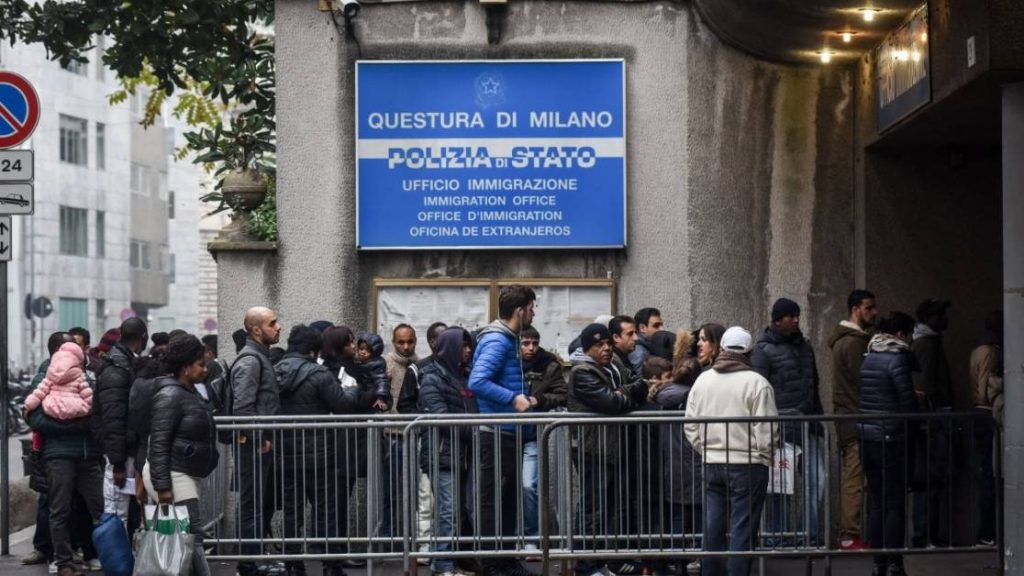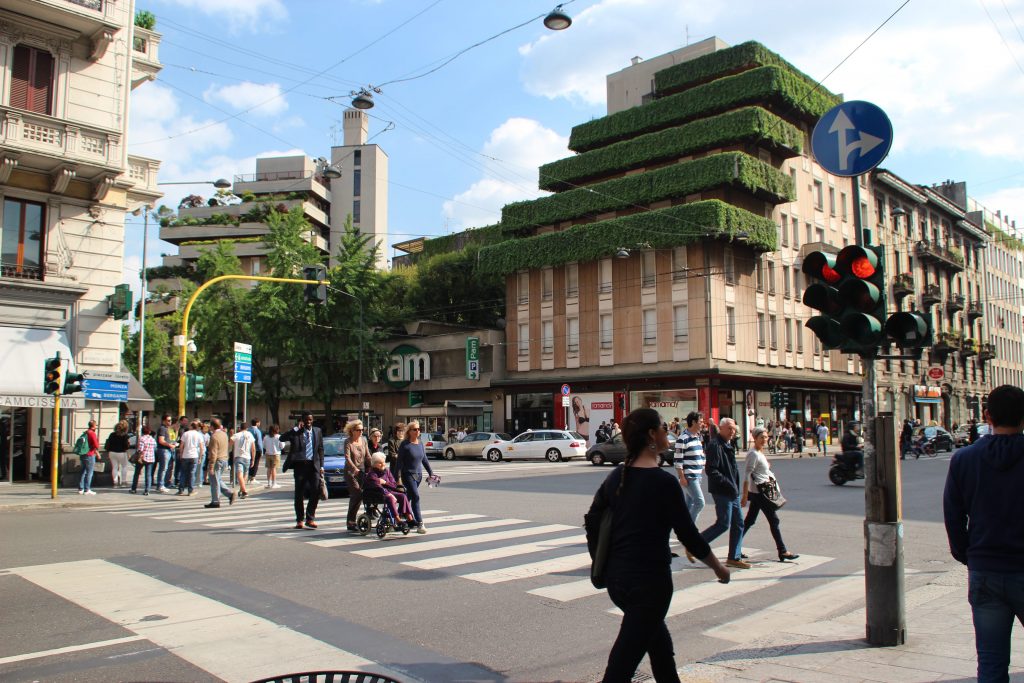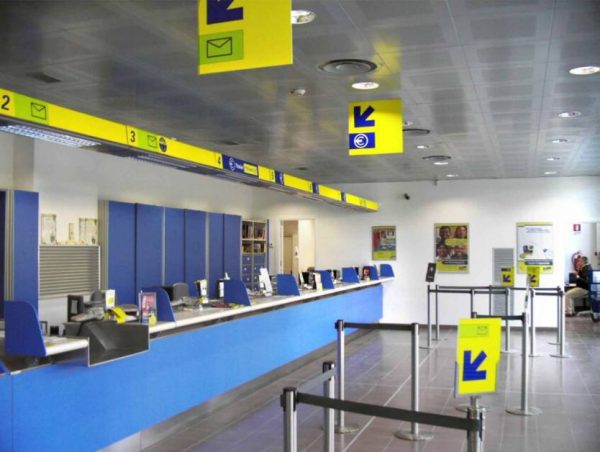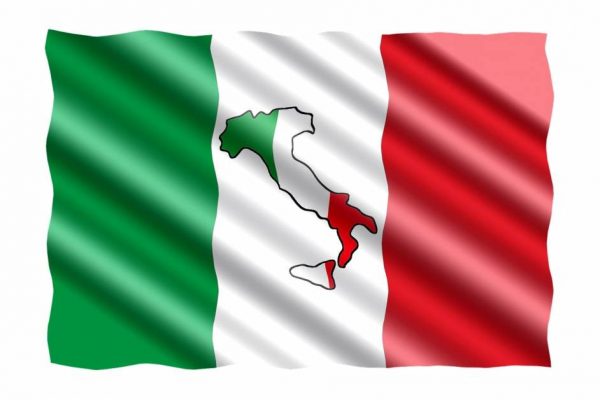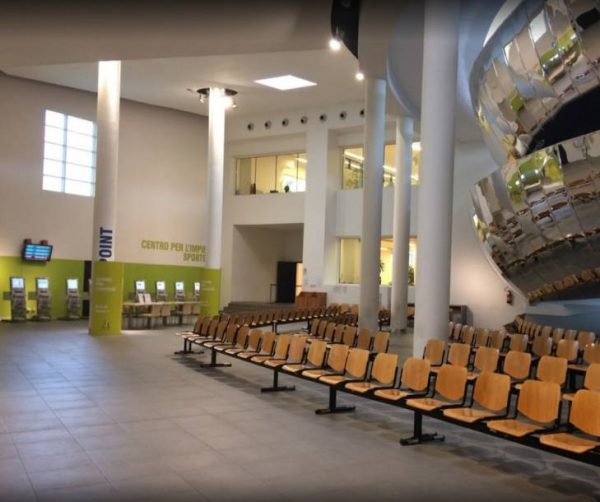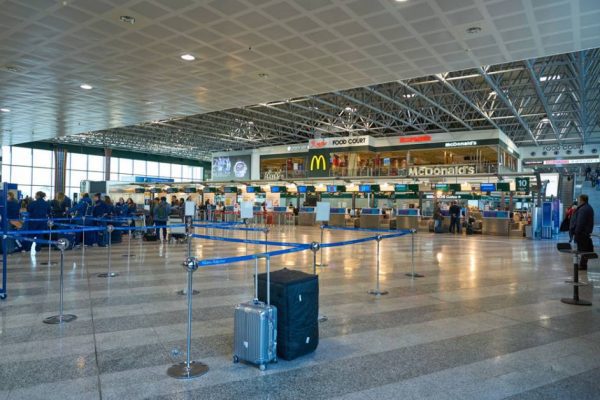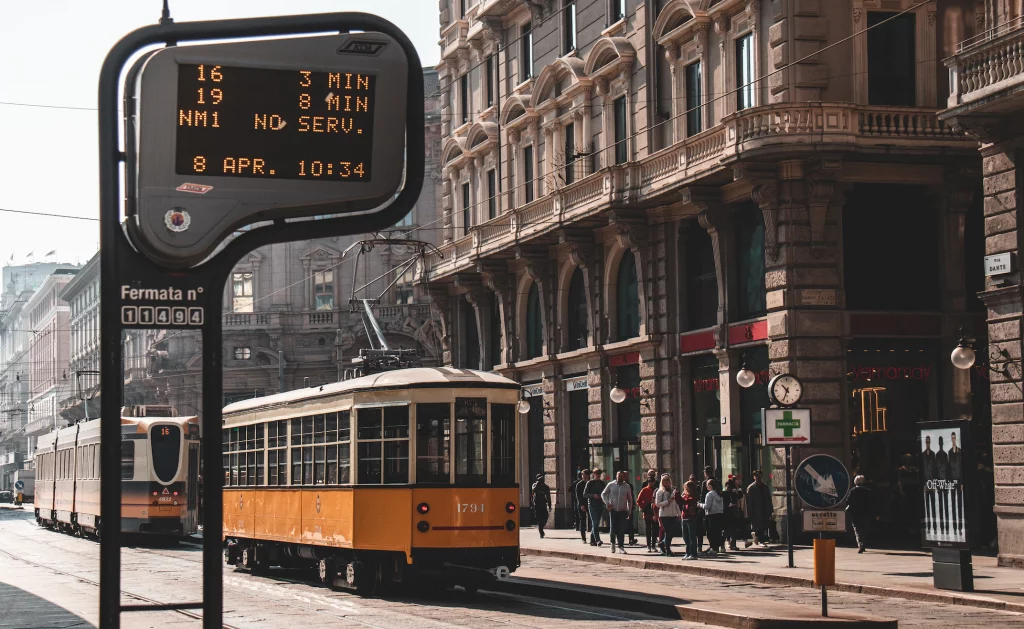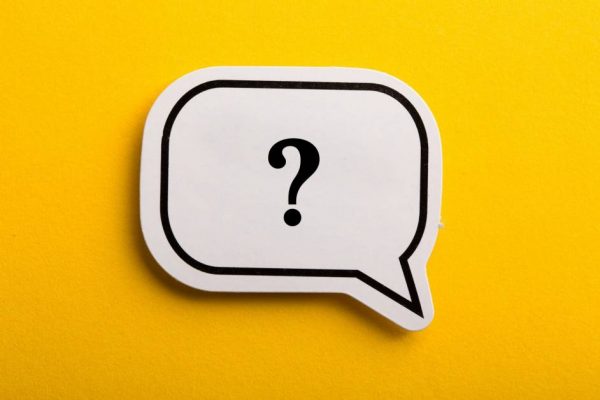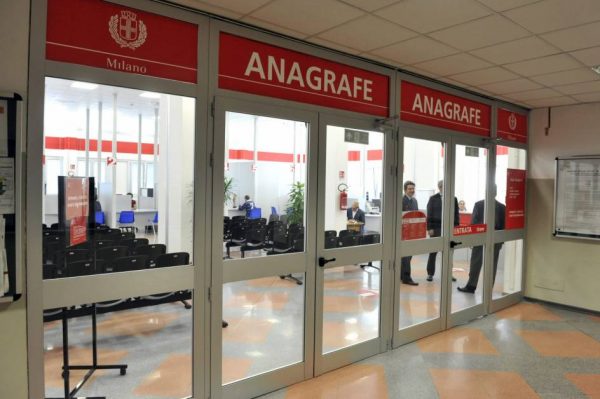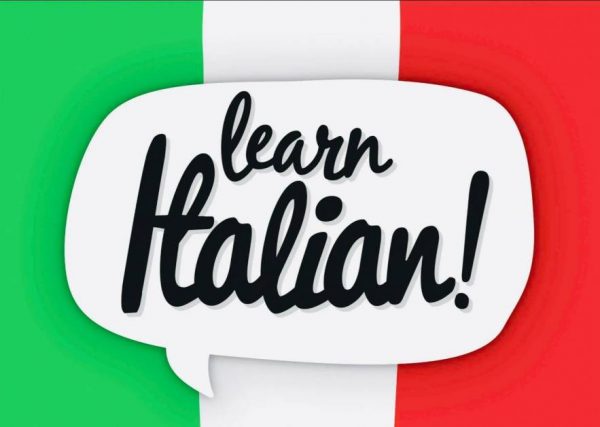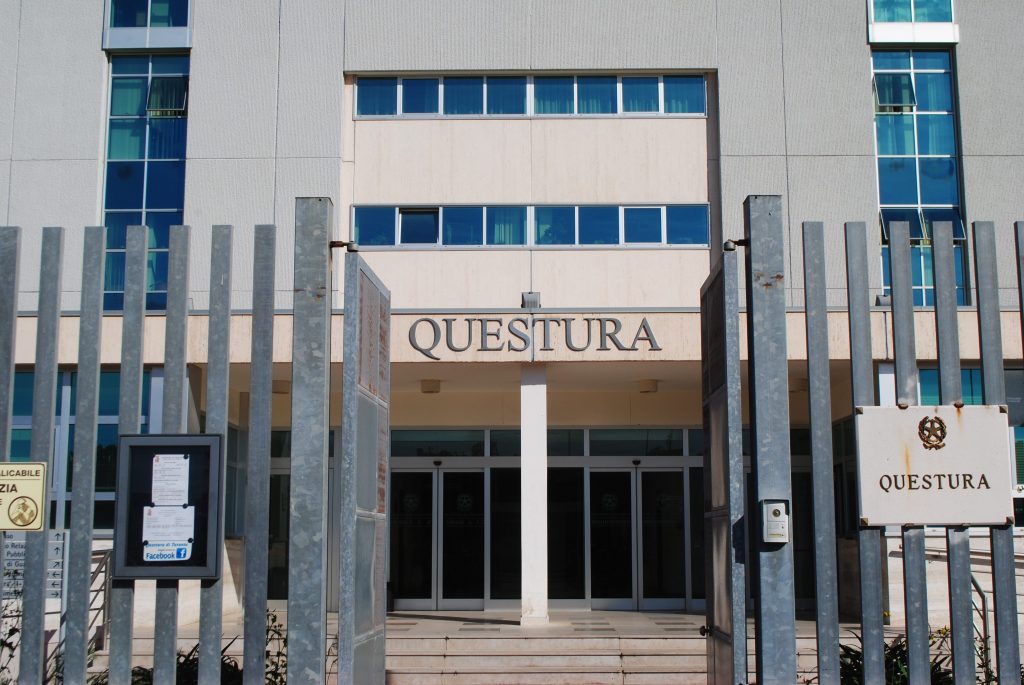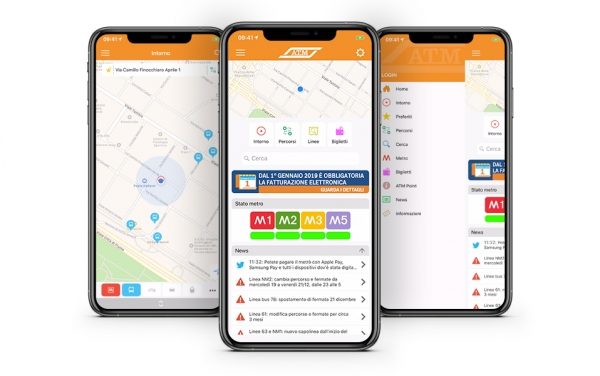Obtaining a driver’s licence in Italy, or “Patente” as it is called in Italian as a foreigner is a crucial step to gaining mobility and independence while living or traveling in this beautiful country.
It took me a year to obtain my driver’s licence because I had many projects ongoing while I was preparing for my theory test and practical exam. I took the exam in Italian, and it may be helpful to know I have an almost C1 level in Italian.
Even though it may seem like a daunting task, with the right information and guidance, the process can be manageable and efficient.
This comprehensive guide outlines the step-by-step process, requirements, and resources for individuals seeking to acquire a driver’s licence in Italy.
What's inside?
Understanding the Types of Driving Licences in Italy
In Italy, there are various categories of driver’s licences, including A, A1, A2, B, C, D and E each permitting different types of vehicles.
Before delving into the specifics, it’s crucial to understand the various types of driving licences available in Italy. The two primary categories are:
- Patente B (Category B): This is the standard car driving licence, allowing you to operate vehicles with a maximum weight of 3,500 kg.
- Patente A (Category A): This is for motorcycles and motor scooters.
The focus of this blog post is the Patente B which I currently have. The Patente B allows the holder to drive private vehicles and small commercial vehicles of up to 9 seats, including the driver.
Requirements for Acquiring a Patente B Licence in Italy
Let’s go over quickly a checklist of documents and requirements you must have before you embark on the journey of obtaining your driver’s licence.
- Minimum Age Requirement: Applicants must be at least 18 years old to be eligible for a Patente B in Italy.
- Residency Permit (Permesso di Soggiorno): Foreigners residing in Italy are required to obtain a valid residency permit or the receipt of application (Ricevuta) before applying for a driver’s licence.
- Italian Fiscal Code (Codice Fiscale): You must have an Italian fiscal code, which is essential for various administrative processes here in Italy.
- Health Certificate: You’ll need a valid health certificate (certificato medico) from an Italian doctor, indicating that you are fit to drive. I suggest you wait until your Autoscuola gives you the go ahead, so that it is still valid when you need it.
- Valid Identification: A valid passport or other government-issued identification documents are essential for the application process.
- Residence Certificate or Carta d’Identita: Documentation proving the applicant’s current residence in Italy is required.
I suggest you confirm with your Motorrizzazione, if you are going through the do-it-yourself route or Autoscuola for a confirmed list of requirements for your region and city as it may slightly vary.
Steps to Obtain a Driver’s Licence in Italy
- Enroll in an Autoscuola (Driving School): Choose a reputable driving school that offers courses in Italian, with support in your preferred language, as some schools provide instruction in English for foreigners. The benefit of going through an Autoscuola is that you don’t need to worry about the bureaucracy, they handle all your papers works and book the exams for you, so that you can focus on studying.
- Language Requirement: Prepare for the theoretical exam, which can be taken in Italian, and most times in German or French too. While the theory test is often available in Italian, some locations offer it in other languages. Check with your local Motorrizzazione office to determine whether your preferred language option is available.
- Theory Test Preparation and Exam: You can study on your own and also follow the classes at your Autoscuola.
- Resources: I found the following materials, group and app very useful to me. Help! I need My Foglia Rossa (Facebook Group), Guida e Via also known as Quiz Patente Ufficiale (Mobile App and website), Patente B Book provided by my Autoscuola.
- Pass the Theory Test: After adequate preparation, you will take the theory test at the nearest Motorizzazione Civile office. It currently comprises of 30 True and False Questions with maximum of 3 errors to pass. Overall, you would have 3 chances to pass the theory test. If you are not able to pass on three trials, you need to pay the required fees for the theory exam all over again. You can always ask your Autoscuola for your marked test script after your theory, regardless if you passed or fail.
- Get your Foglio Rosa: After you’ve passed your theory test, your Autoscuola will provide you with your Foglio Rosa aka learner’s permit. This is essentially a provisional licence allowing you to practice under supervision. Mine was valid for one year, and it allows you to start your driving practice tests, but you must always have with you a certified instructor or person who has a Patente from at least 10 years in the car with you.
- Practical Driving Training: Once the theory test is successfully passed, you will begin the minimum 6 hours of practical driving training with a certified instructor from your Autoscuola. Once you and your instructor agree you are ready for the driving exam, you move to the next step.
- Take the Practical Driving Test: Your Autoscuola schedules the practical driving test with the Motorizazione, which involves demonstrating your ability to drive safely and follow traffic rules. On your exam day, an Examiner from the Motorizazione will be present at the back of the vehicle alongside your instructor (in front with you).
- Receive Your Italian Driver’s Licence: Upon passing the practical exams, you’ll receive your Italian driver’s licence immediately from the Examiner, replacing the provisional “Foglio Rosa.”
I mostly studied on my own for the theory test and passed at first trial with only 1 error. My driving test on the other hand was passed on my third attempt, largely because my first instructor wasn’t very detailed with the lessons.
Cost of Applying for a Driver’s Licence in Italy
The cost of obtaining an Italian driver’s licence can vary depending on several factors, including the driving school you choose, the number of driving lessons required, and the exam fees. On average, the cost can range from €1,000 to €2,000 or more. I spent about 1,200 Euros to obtain my Driver’s Licence.
The cost of obtaining a driver’s licence in Italy can also vary depending on the region, driving school, and other factors. Generally, you can expect to spend a few hundred euros for driving school fees, plus additional expenses for the medical certificate and the actual exams.
Exceptions on Getting Italian Driver’s Licence in Italy
If you hold a valid driver’s licence from your home country, it might be possible to drive in Italy for a year and/or exchange it for an Italian one, depending on your nationality and the agreements Italy has with your country. I advise you look this up before you embark on this journey of getting your Patente.
Navigating the process of obtaining a driver’s licence in Italy as a foreigner may seem complex, but with the right guidance and preparation, it can be a manageable and rewarding experience.
Remember to stay informed about local regulations and requirements in your specific area to ensure a smooth journey towards holding a valid Patente B, allowing you to explore the beautiful roads of Italy with confidence.

